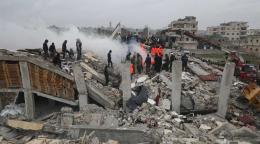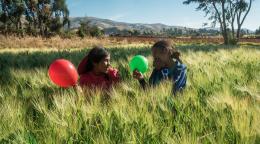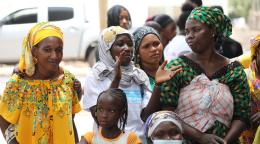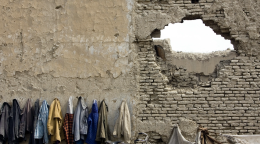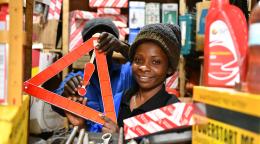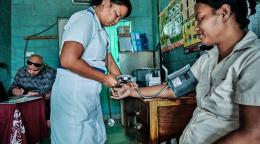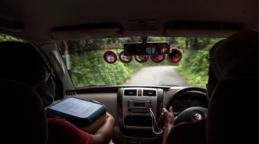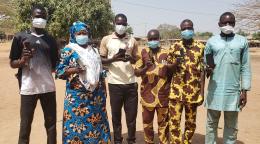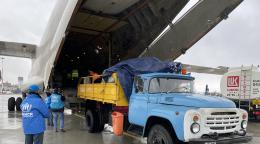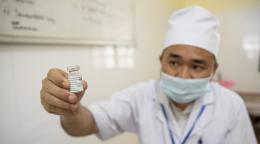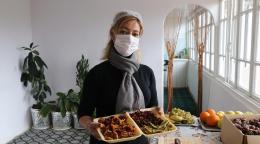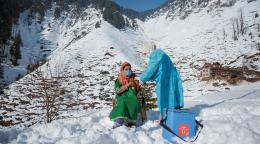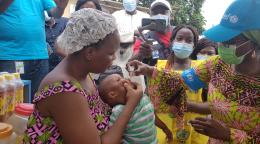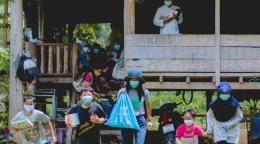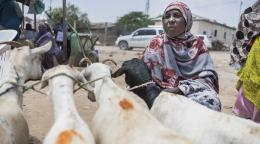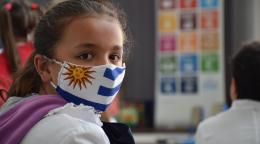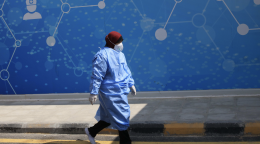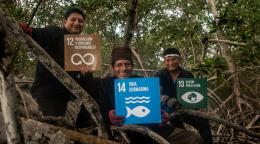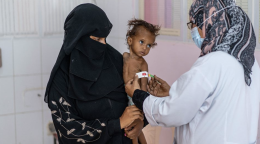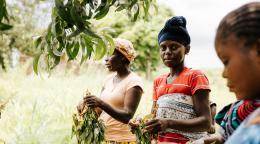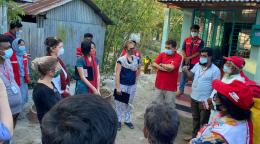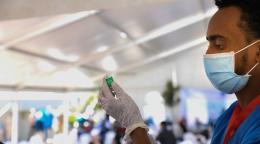Indigenous people: 3 success stories on revitalizing linguistic diversity
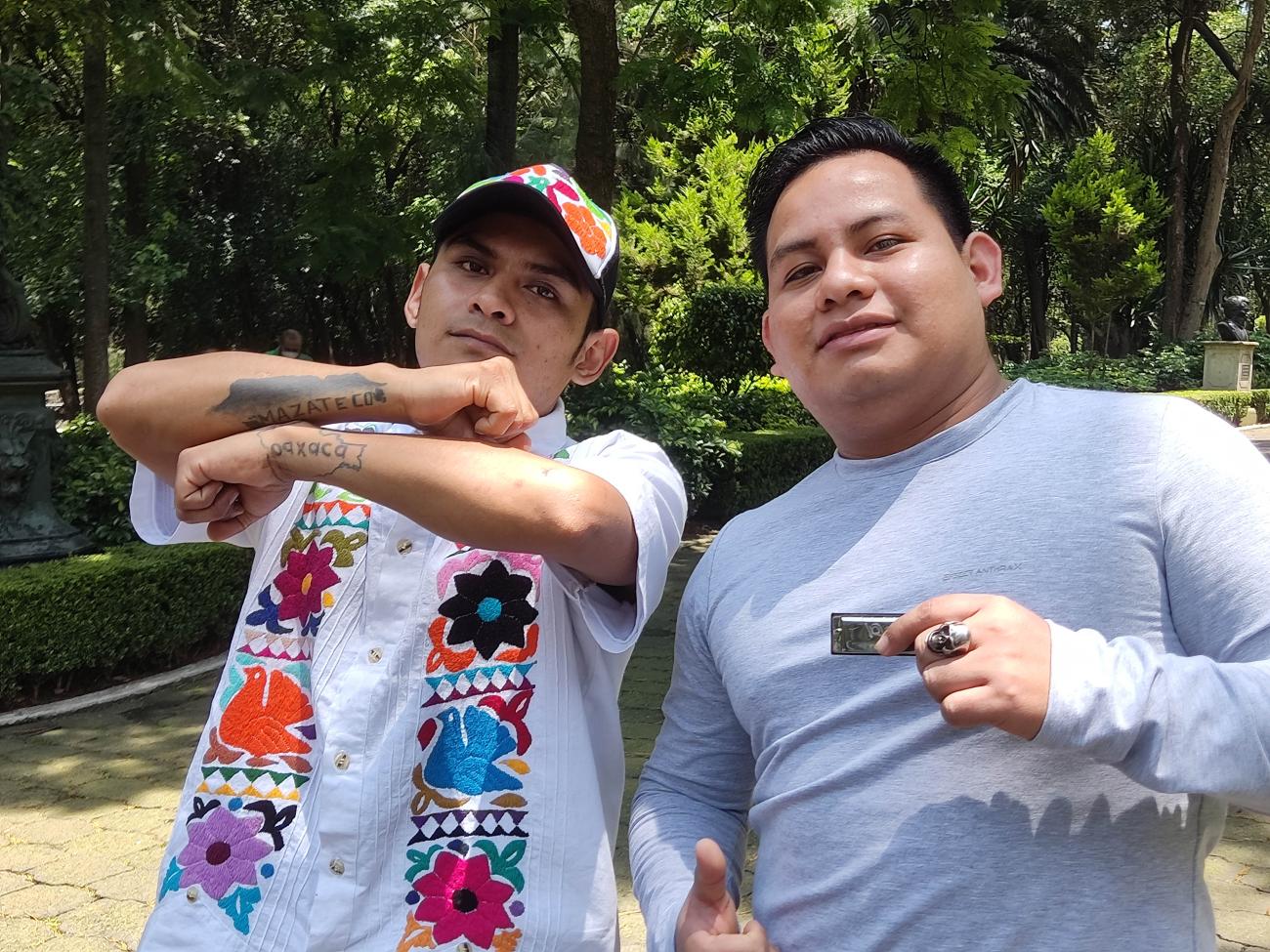
Last year, in Mexico City, over 500 participants from 50 countries, including government representatives, indigenous leaders, researchers, private sector partners, and other stakeholders adopted a strategic roadmap for the International Decade of the Indigenous Languages (2022-2032), which was proclaimed by the General Assembly with UNESCO in the lead, working alongside the United Nations Department of Economic and Social Affairs (UNDESA) and the Office of High Commissioner for Human Rights (OHCHR).
Under the “Nothing for us without us” notion, indigenous communities have become the leading forces that advance and ensure full empowerment and inclusion, equal and meaningful participation, and much more.
From rapping in Mazatec to different ways of taking ownership of global COVID-19 campaigns, indigenous people keep nurturing their sense of community and advancing ways to express themselves through their chosen language:
In Mexico, ancestral wisdom flows with a beat
“What we want is to rescue the mother tongue of our village, to make other young people more interested in it. My main subject for writing songs is Mother Nature and the roots of my people, my community. Therefore, I talk about our culture, our clothing made of ‘manta’ [a rustic and traditional fabric]. I proudly wear this clothing because it is unique”, explains Jose Antonio.
Diego Aurelio Olivera (23) creates the melody and José Antonio Andrés Bolaños (25) writes the lyrics in Mazatec, which is the oral language both grew up with.
These young artists identify themselves as Mazatec indigenous people—located along the Cañada and the Papaloapan regions, in the state of Oaxaca, Mexico.
Mexico is the tenth most linguistically diverse country in the world, and according to the most recent census data (National Institute of Statistics and Geography, INEGI, 2021), there are more than 7.3 million people in the country who speak an indigenous language, accounting for 6.1% of the population.
“Sometimes, they [people who mocked him on the streets] lower my energy. But I always try hard. I don’t feel bad. I am from Oaxaca, I am a Oaxacan and I speak 100% Mazatec.” explains Diego.
Despite enduring marginalization and discrimination, Diego and José Antonio aim to inspire children and young people by embracing their cultural heritage and maintaining their communal identity.
Paraguay takes a multilingual approach to the COVID-19 vaccination campaign
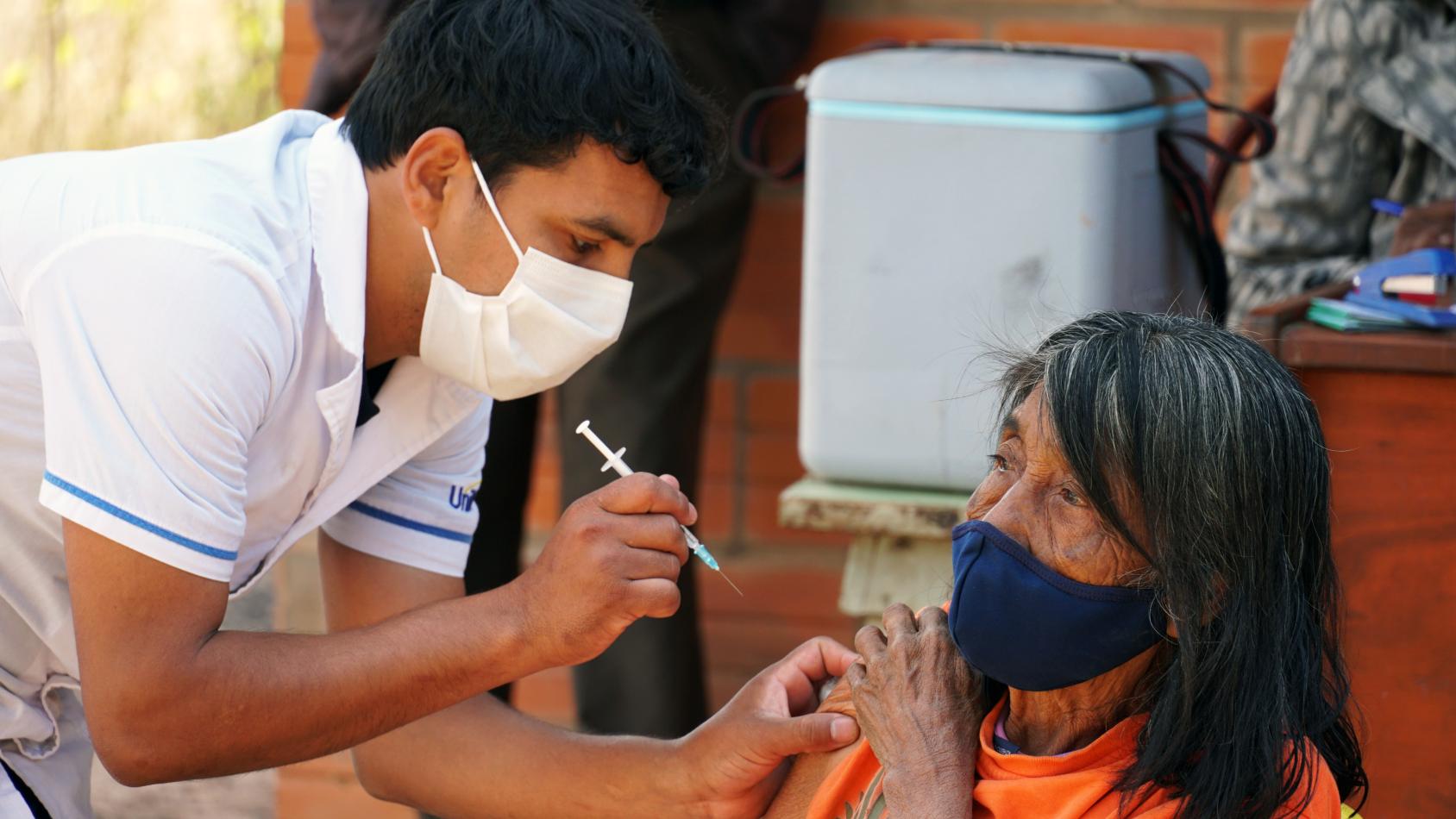
“At the beginning, it was challenging to convince the communities. They didn’t want to get vaccinated. They didn’t believe in the vaccine. We had to hold several meetings with their leaders and health advocates. Now they—by themselves—are requesting the vaccine”, said Elisa Viviana Vila, Head of the Expanded Program of Immunization in the Boquerón Region, Paraguayan Chaco.
Right from the start of the pandemic, the Federation for the Self-determination of Indigenous Peoples (FAPI, Federación por la Autodeterminación de Pueblos Indígenas, in Spanish) and other indigenous organizations promoted the adoption of handwashing, mask-wearing, and social distancing. The National Directorate of Health of Indigenous Peoples (DINASAPI is the Spanish acronym) designed protocols to keep advancing health measures in the communities— with the validation of representatives and leaders of 19 indigenous communities, which are gathered at the National Council for the Health of Indigenous Peoples (CONASAPI is the Spanish acronym).
By adopting a communitarian angle and an inclusive approach, the scope of this vaccination campaign against COVID-19 has been successfully amplified. The country's authorities have promoted this campaign with the support of PAHO-WHO and other UN entities in Paraguay.
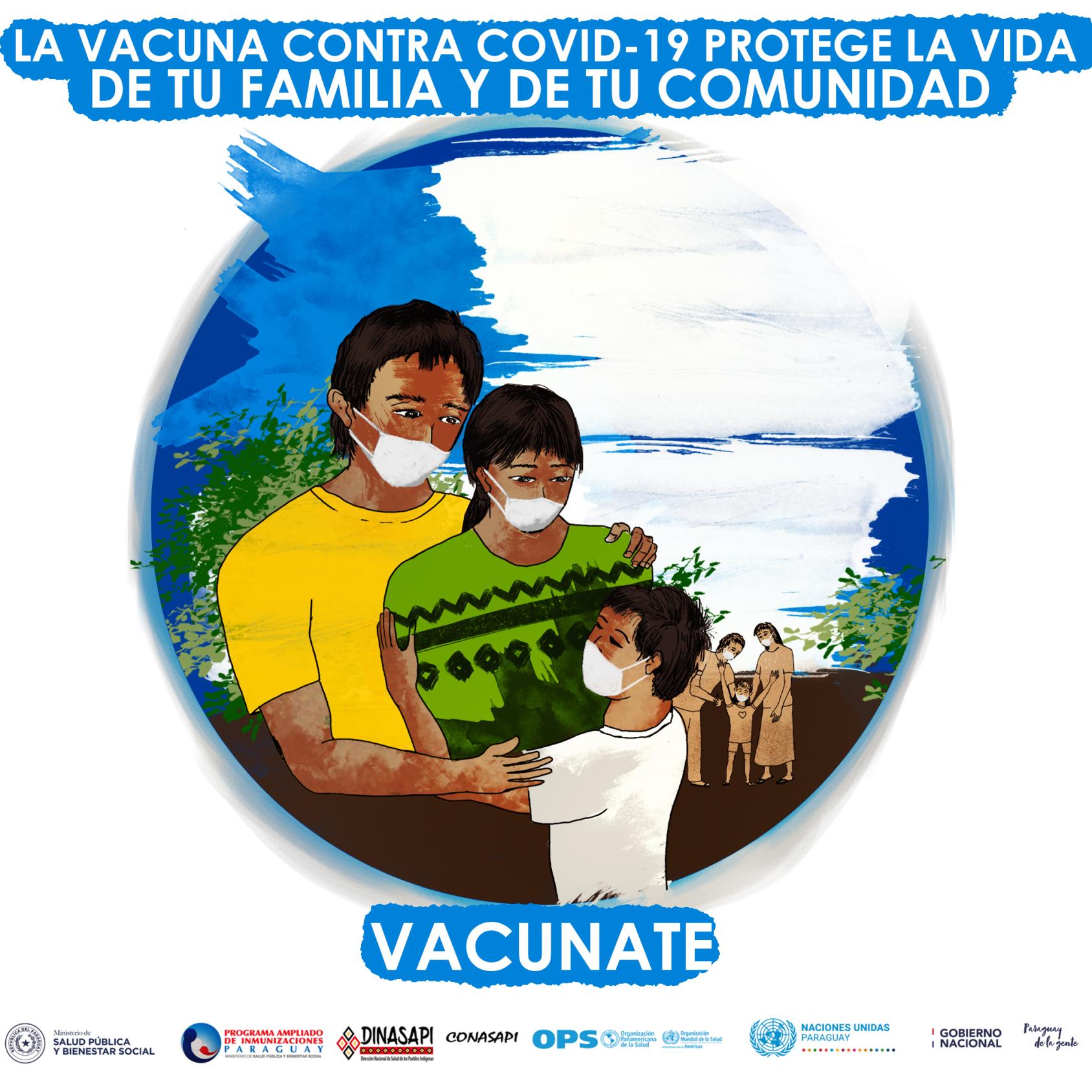
Through graphic material and audio capsules—published on social media by the Paraguayan Ministry of Public Health and Social Welfare, and community radio stations—the messages of this campaign have been circulating in Spanish and several indigenous languages such as Guarani, Nivacle, Enlhet Norte, Enxet Sur, Maka, Ache, Yshir Ybytoso, Ayoreo, Sanapana and Qom. The messages are aimed at reaching the 19 different tribes—the nearly 120,000 indigenous population (2% of the population, according to the 2012 Census).
#OnlyTogether in Panama
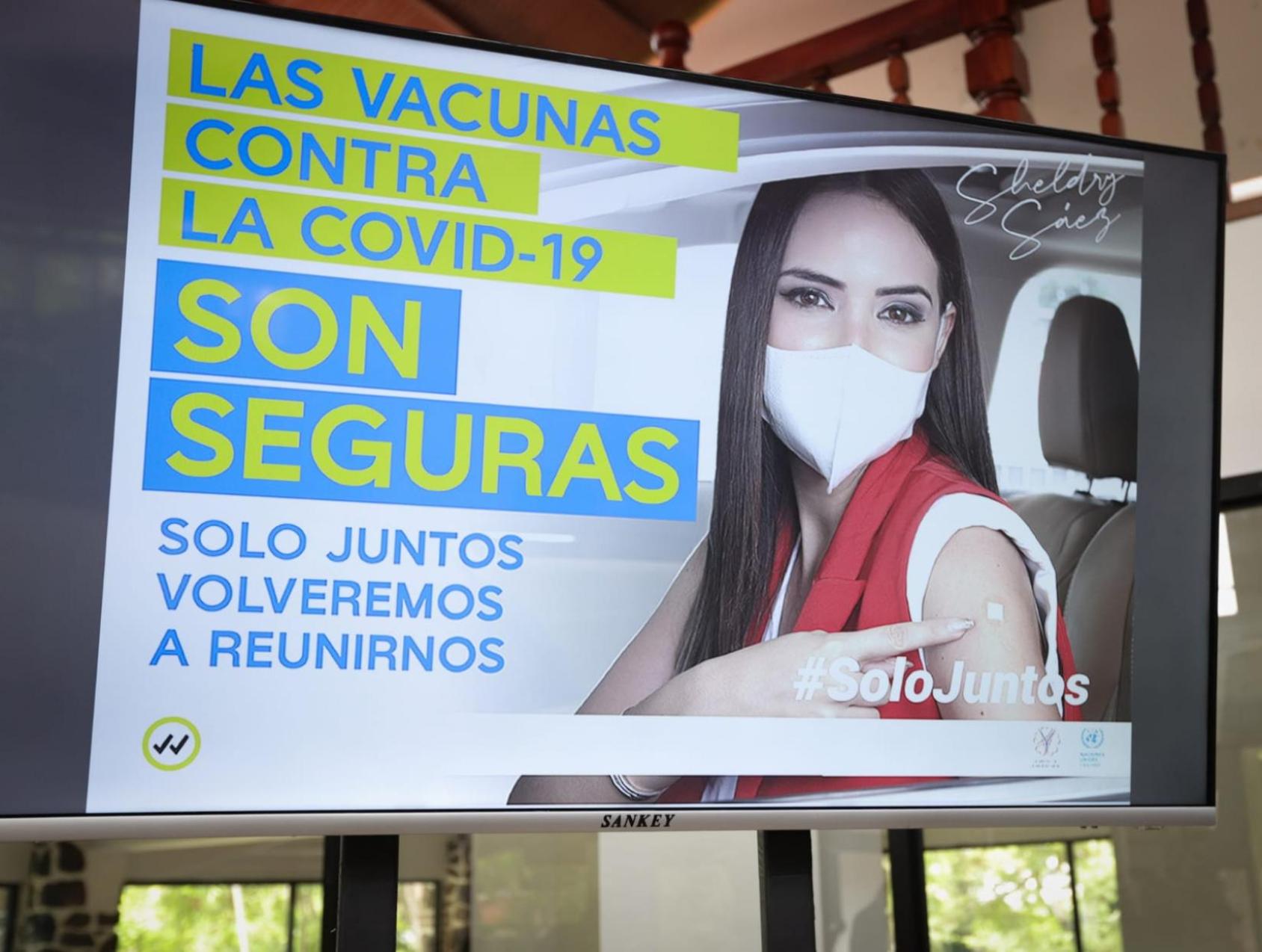
In March, the United Nations launched a global campaign, #OnlyTogether, which was successfuly adapted to the Panamanian context in collaboration with the Government, different stakeholders and over 20 UN agencies, funds and programmes in the country.
"The pandemic has forced us to stop doing many things we love such as gathering with family members, spending time with friends and other loved ones... The vaccines against COVID-19 are preventing more people from losing their lives, [the vaccines are also] reducing the possibility of new variants, contributing to the reactivation of the economy and, above all, overcoming this pandemic", explains Cristian Munduate, Resident Coordinator of the United Nations in Panama.
Under the leadership of the UN Resident Coordinator, Cristian Munduate, and the First Lady of Panama, Yazmín Colón de Cortizo, this campaign has been launched nationwide to promote voluntary immunization against COVID-19. Among other facts, it highlights the importance of vaccination to overcome the multidimensional impacts of the pandemic.
Since it kicked-off, this campaign has been broadcasted by tv networks, including SERTV, Medcom, TVN Media, GESE (La Estrella and El Siglo) and Metro Libre. Additionally, it has been distributed by affiliates of the Panamanian Association of Radio Broadcasting and by advertising companies. During August and September, an increasing number of media personalities and advertising companies have joined these communicational efforts. Learn more about the campaign.
Language mobilizes people
Linguistic diversity and multilingualism have become a cornerstone for mobilizing individuals and society, as a whole, towards a better recovery by streamlining the collective response to the multiple impacts of COVID-19.
Over two decades ago, the 31st Session of the UNESCO General Conference was the setting for the unanimous adoption of the UNESCO Universal Declaration on Cultural Diversity. For the first time, the international community decided to elevate cultural diversity to the rank of the common heritage of humanity and to made its protection an ethical imperative, inseparable from respecting human dignity.
The United Nations Permanent Forum on Indigenous Issues was established on 28 July 2000 by the Economic and Social Council Resolution 2000/22. Since the adoption in 2007 of the UN Declaration on the Rights of Indigenous Peoples, several countries, particularly in Latin America, have taken steps to recognize the identity and rights of indigenous peoples. But there is much more to achieve.
This article was adapted with the support of UNIC Mexico, UNIC Asunción (Paraguay), UNIC Panama, and the Regional Office for Latin America and the Caribbean, and the dedicated members of the UN Country Teams in Mexico, Paraguay and Panama. Translated by the Office for Development Coordination. Editorial support by Carolina Lorenzo of the Development Coordination Office.
To learn more about the results of our work in the field, please read the UNSDG Chair Report on DCO.
